How Floor Finishing Extends the Life of Your Floors
Floor finishing is a critical component in maintaining both the look and durability of various flooring types. It is a process that not only enhances the aesthetic appeal of floors but also adds an essential layer of protection against daily wear and tear. Homeowners often overlook the importance of this procedure, focusing only on initial installation or immediate repairs. However, understanding and applying the right floor finishing can significantly prolong the life of your flooring assets. This article delves into the various aspects of floor finishing, highlighting its basics, benefits, compatibility with different floor materials, techniques used, and the importance of regular maintenance and professional services.
The Basics of Floor Finishing
1. What is Floor Finishing?
Floor finishing is a process that involves applying a protective coat on the surface of a floor to enhance its appearance and durability. This finishing layer serves as a shield, guarding against wear from foot traffic, spills, and scratches. Not only does it preserve the floor's integrity, but it also showcases its beauty, making it more appealing to the eye. For various types of floors, specialized finishes are required to cater to their unique characteristics. Understanding what floor finishing entails is pivotal for homeowners and businesses aiming to protect their investments long-term.
2. Types of Floor Finishings
There are several types of floor finishings available, each designed to address specific needs and aesthetics. Common finishes include polyurethane, wax, varnish, and oil-based coatings, each offering distinct levels of gloss and protection. Water-based finishes are gaining popularity due to their low environmental impact and quick drying time. Choosing the right type of finish depends on the floor type, expected foot traffic, and the desired look. The selection process can greatly impact the longevity and maintenance requirements of the flooring.
3. Materials Used in Floor Finishings
The materials involved in floor finishings are diverse and carefully formulated to meet protection and aesthetic requirements. Polyurethane is commonly used for its robustness and ability to provide a durable layer that resists wear. Natural oils are preferred for their eco-friendliness and ability to penetrate and nourish the wood, enhancing its natural beauty. Meanwhile, water-based finishes are celebrated for their minimal odor and fast application, making them preferable for environments that cannot afford long drying times. Each material offers distinct benefits, and choosing the appropriate one is crucial for maximizing floor life.
4. The Process of Floor Finishing
The floor finishing process begins with a thorough cleaning and preparation of the floor surface. This involves removing any existing finish, sanding the floor to a smooth texture, and ensuring the area is dust-free. Once prepared, the selected finishing material is carefully applied using brushes, rollers, or specialized machinery, depending on the product. It's essential that the application is even to avoid streaks and bubbles. The final step involves allowing the finish to dry and cure completely, ensuring a hard, protective layer over the flooring.
5. How to Choose the Right Finish
Choosing the right finish involves assessing various factors such as the flooring type, expected usage, aesthetic preferences, and budget. For high-traffic areas, a durable, high-impact finish such as polyurethane might be ideal. In contrast, for spaces prioritized for their aesthetic appeal, a natural oil or water-based finish could highlight the natural grain of the wood. Homeowners should also consider maintenance requirements and environmental impact when selecting their finishes. Professional consultation is recommended to align choices with the specific needs and conditions of the floor.
Benefits of Floor Finishing
1. Enhanced Durability
A significant benefit of floor finishing is the marked increase in the durability of flooring surfaces. The application of a finishing layer creates a barrier between the floor and the elements, cushioning against constant foot traffic, spills, and abrasions. This is particularly vital in homes and businesses where floors are subject to stress and damage. Effective floor finishing reduces the need for frequent repairs and replacements, providing substantial cost savings over time. This durability can extend the average floor lifespan by several years, preserving both beauty and structural integrity.
2. Improved Floor Appearance
Floor finishing significantly enhances the visual appeal of floors by highlighting their natural textures and colors. For example, a glossy finish can give wood floors a radiant glow, while a matte finish offers a more understated elegance. This aesthetic enhancement is crucial for residential and commercial properties aiming to make good impressions. In fact, according to Dumpsters.com, 37% of US homeowners completed a flooring project in the last 12 months, recognizing the value of beautiful, well-maintained floors. The right finish can transform a standard floor into a focal point of interior design.
3. Protection Against Wear and Tear
Floor finishings form a protective shield that guards against everyday damage such as scratches, stains, and dents. This protection is especially crucial in high-traffic locales, such as offices or homes with pets and children. The finishing layer absorbs the brunt of impacts and damages, preserving the integrity of the underlying floor material. Additionally, floors with proper finishing are more resilient against moisture and chemical stains, prolonging their attractiveness and function. Protection from wear and tear minimizes maintenance requirements and prolongs floor life substantially.
4. Ease of Maintenance
Another advantage of floor finishing is the notable simplification of floor maintenance routines. A finished floor requires less frequent cleaning and polishing, thanks to the protective layer that repels dirt and mitigates damage. Spills are easily wiped away without penetrating the surface, making everyday cleaning quick and effective. The smooth surface of a finished floor also facilitates swift sweeping and vacuuming, ensuring a cleaner environment with minimal effort. By reducing maintenance demands, floor finishing allows homeowners to spend less time on upkeep and more on enjoying their spaces.
5. Increased Property Value
Investing in floor finishing has the added advantage of boosting a property's market value. Well-maintained, finished floors can increase the aesthetic and functional appeal of a home, making it attractive to potential buyers. This investment not only enhances immediate enjoyment but also reflects positively in future property appraisals. Buyers are frequently willing to pay a premium for homes with updated, low-maintenance floors, resulting in a solid return on investment. Thus, floor finishing represents not only an enhancement to daily life but also a financial asset in the property market.
Types of Floor Materials and Their Compatibility
1. Hardwood Floors
Hardwood floors are a classic choice known for their elegance and timeless appeal. They are best complemented by finishes that enhance their natural grain and color, such as polyurethane or oil-based products. These products add a robust outer layer that protects against scratches and stains, while also highlighting the wood's natural beauty. A chosen finish must be compatible with the type of wood used, considering aspects such as hardness and porousness. Proper finishing not only beautifies but also provides vital protection, preserving hardwood floors for generations.
2. Laminate Floors
Laminate floors are popular in modern homes due to their affordability and versatility. They feature a protective surface layer by design, but can benefit from additional waxing and polishing to further guard against wear. The selection of finish should focus on maintaining the layer's integrity without causing degradation. Furthermore, care should be taken to avoid excessive moisture exposure during the process to prevent panel warping. Properly finished laminate floors are highly resilient and maintain their appearance with minimal long-term maintenance.
In summary, floor finishing is a vital process that significantly extends the lifespan of floors by offering protection, aesthetic enhancement, and long-term value. By understanding the benefits and methods involved, homeowners can make informed choices that preserve floor quality and functionality. Regular maintenance and professional services complement the initial finishing, ensuring floors remain durable and visually appealing. Emphasizing the importance of this process helps safeguard flooring investments, enhancing both comfort and property value over time. In an ever-growing market, floor finishing offers a strategic advantage in preserving the cornerstone of any habitation. Be sure to reach out to H & H Hardwood Floors Austin today for more information on our professional floor finishing!
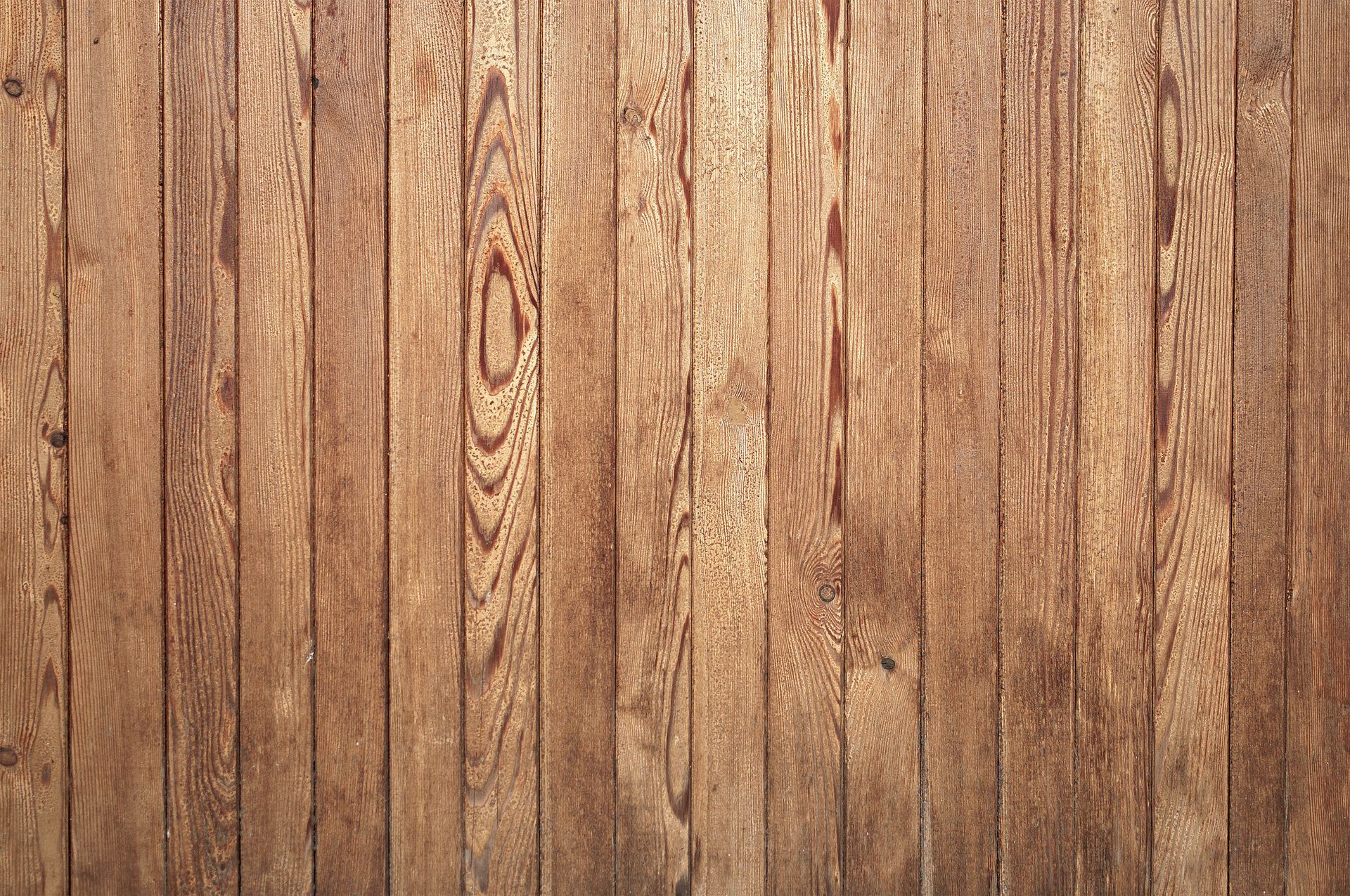



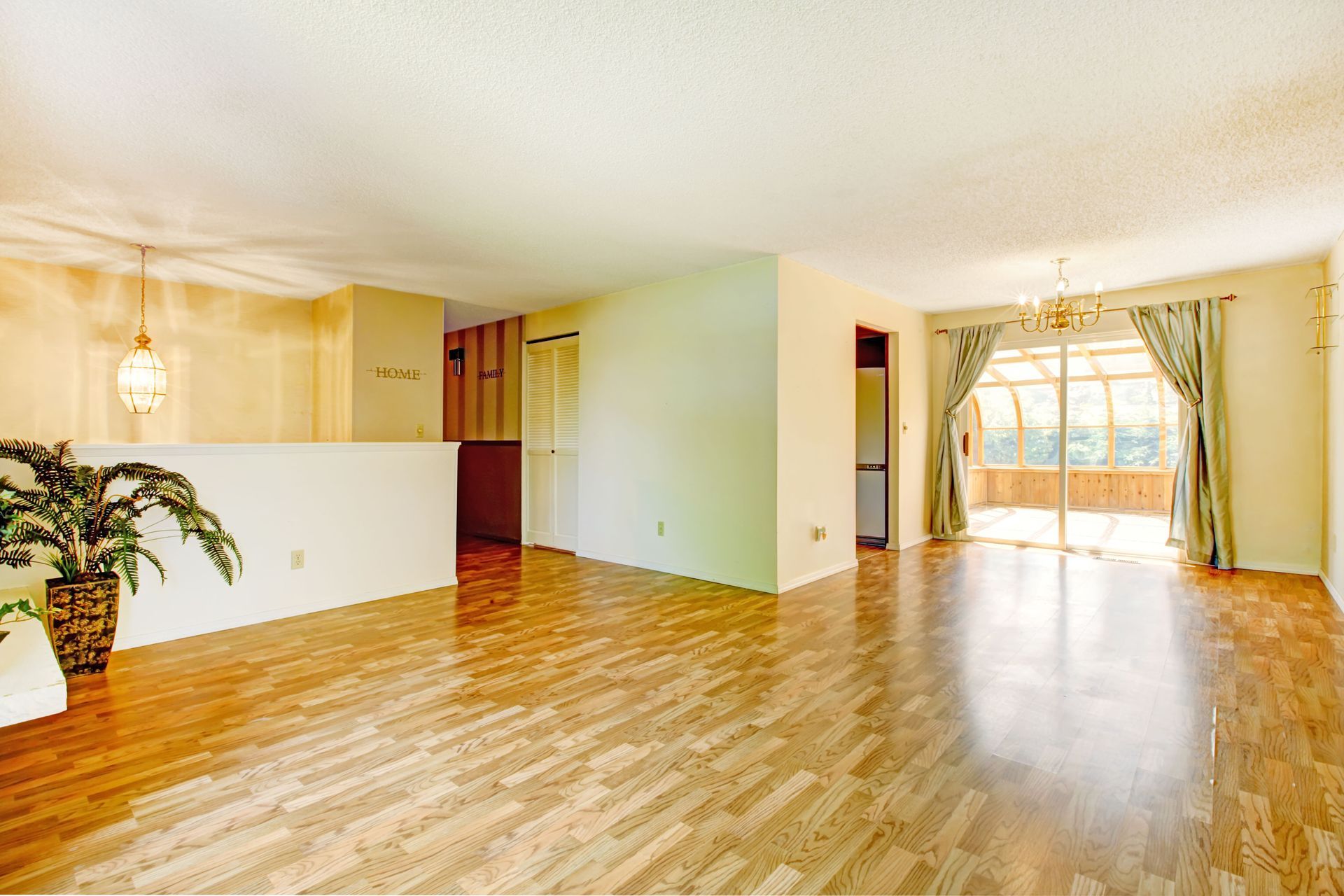
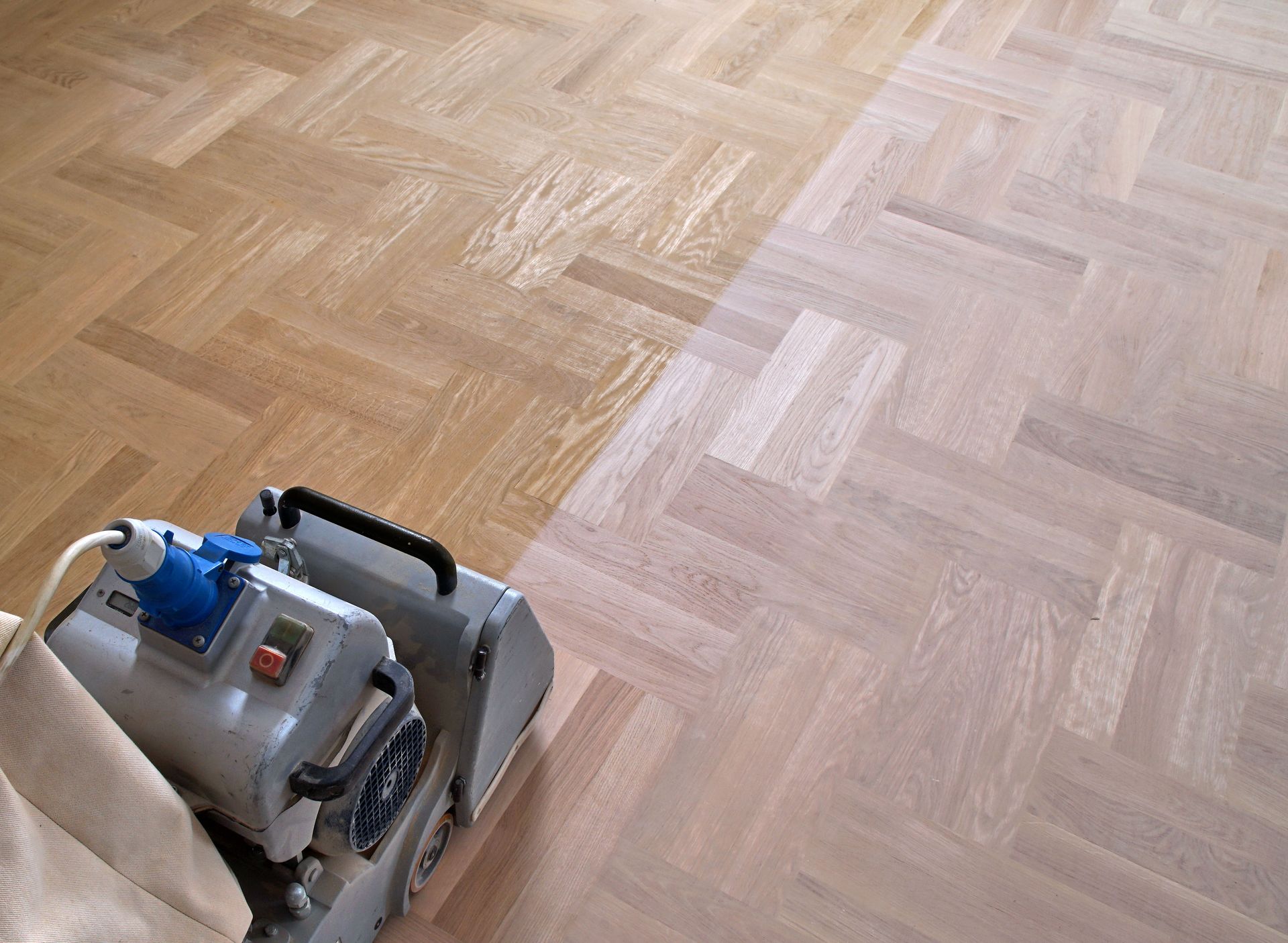






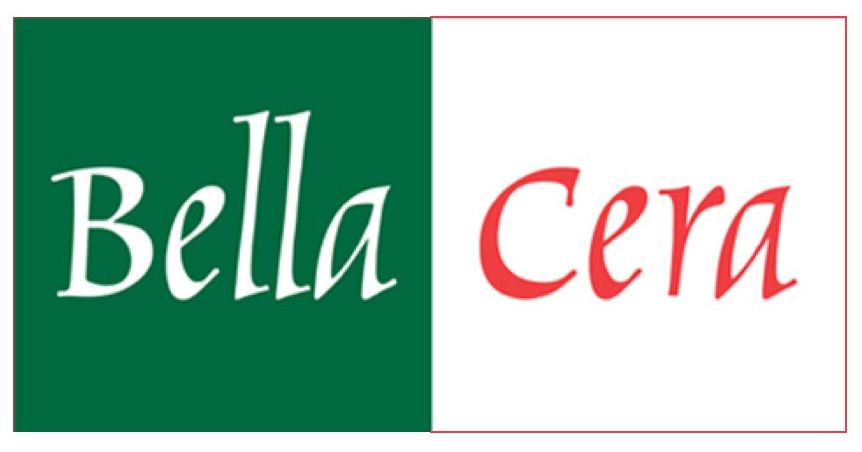
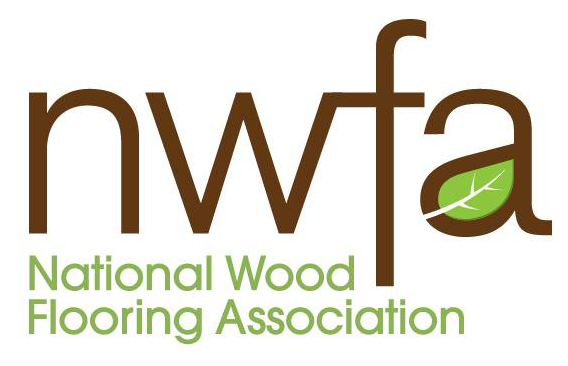
Share On: